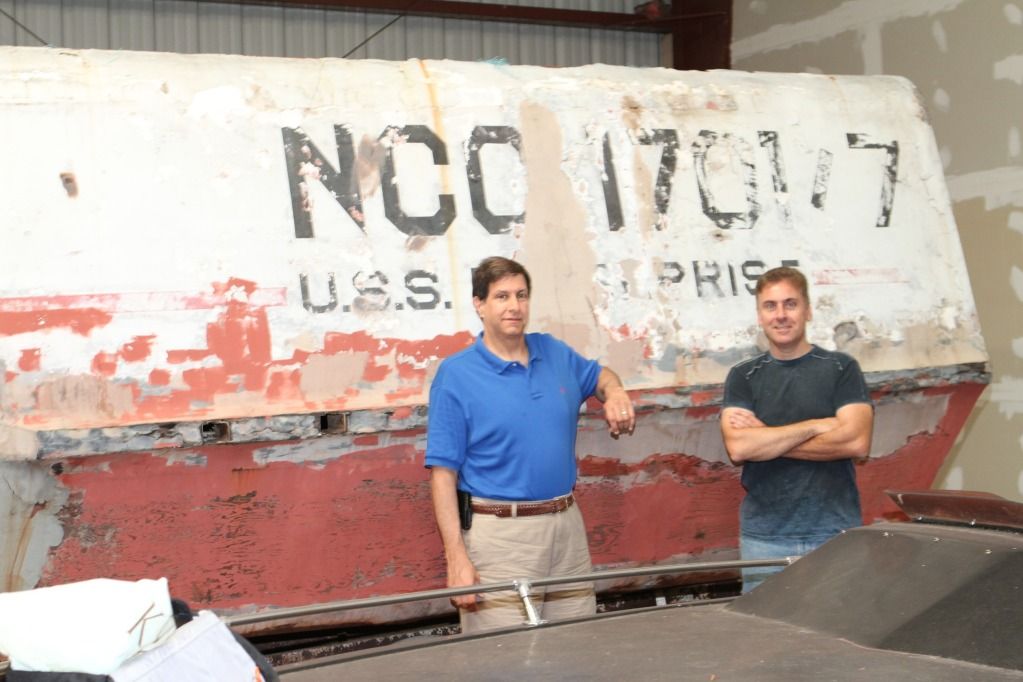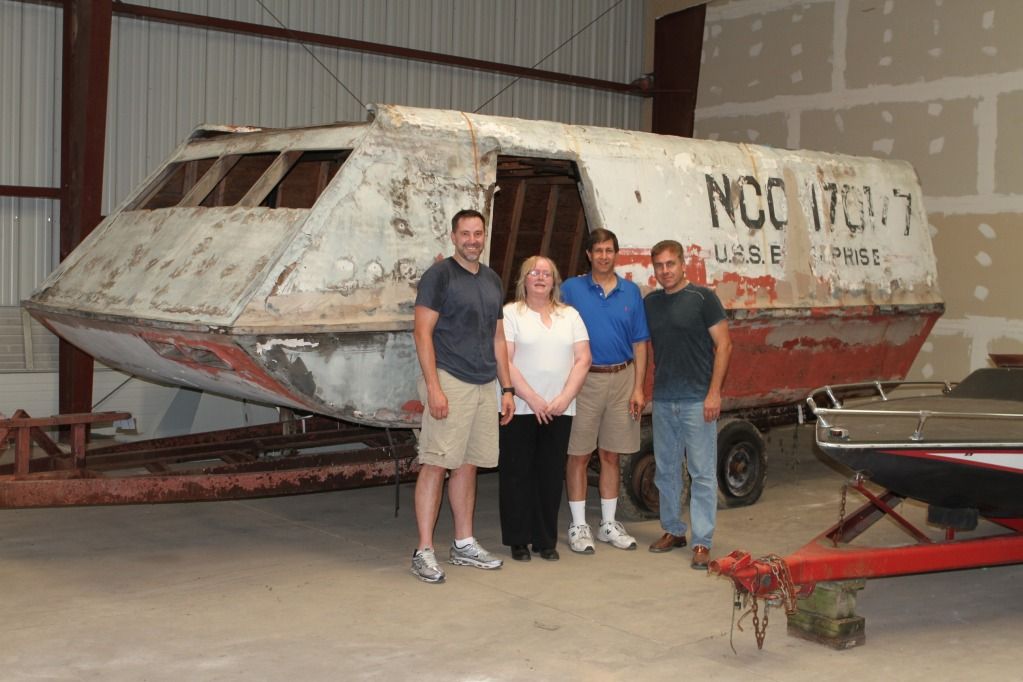One thing that I have been very diligent about in my 6 years in this hobby is authenticity. That encompasses a lot of things. Provenance, screen capping, research. And this is very important as lately there have been some unscrupulous attempts to both prove and disprove the authenticity of Star Trek items.
At the core of every attempt at authentication is a level of integrity and commitment to the hobby. Your personal gain, whether monetary or otherwise, is irrelevant to the process. And I would say, that if you have self interest in the outcome, you have to set an even higher standard.
So in this article, I will first cover the basics of authentication. Next article I will deal with ethics and integrity. The final article will be the most recent example of how this is done right and done wrong.
COAs
Sometimes
it is easy to prove something is what is claimed. You may have a COA
from It's a Wrap or an invoice from Christies (remember there were no COAs from Christies). We know those are the
two studio sources for Star Trek props & costumes and that tells you
the item is authentic. Propworx has sold items from Doug Drexler, Mike
Okuda, Rick Sternbach and other Star Trek crew (as well as items that
have come on the secondary market - meaning resales of Christie's and
IAW items). So that is a great source you can trust as well.
But
what happens when you get an item that is not from these sources? I
would put everything in any other auction in this category. How do you
know it is real?
Now,
everyone knows I give ZERO credibility to a COA. I don't care if it is
from Profiles in History, who we know has been sloppy with their
authentications from time to time, or The Prop Store, who I trust and
heck, Jarrod Hunt, my former Propworx right hand man works there now and
I know he is meticulous as I trained him! But both these companies
have made mistakes. Now these mistakes are not intentional, as they
each have limitations they have to deal with. Profiles has 1,000+ items
in each catalog and they simply don't have the time to do the proper
work on each item, so they often just take the consignors word. This is where you most need to be careful. And The
Prop Store is generally very very good, but from time to time things have
gotten through as happens with any company that deals in props. Still, even with a company as good as The Prop Store, I always do my own homework.
Now, getting a refund if something turns out to be fake is not
an issue with The Prop Store. They are honorable people who stand
behind their sales. Profiles I have no experience with their return
policy, but I did have a good dealing with Brian Chanes recently, that I will
describe in my next article. We were trying to get more info on an
item I won. He was very helpful, and knew that I have very high standards when proving an item is real. I have no doubt that if the item had turned out to be fake, he would have refunded my money.
So remember, you have to be careful with COAs.
SCREEN MATCHING
Screen matching remains the best way to prove an item that is not from Christie's, IAW or Propworx, is in fact real. This is actually a terribly fun process that I have spent hours on for individual props and costumes.
Screen matching is simply the process of looking closely at screen captures (screen caps) of Star Trek episodes and movies and finding specific marks and clues from an item on screen and comparing them to the item in question.
Here is the definitive screen cap that proved that the Kirk tunic was in fact real. Gerald Gurian helped me with this authentication and put this together:
Screen matching doesn't lie, but I have seen situations where one person has seen something that another does not. So you have to come up with REALLY good distinguishing marks.
PROVENANCE
Provenance is simply the history of an item. Can you track an item through who owned it back to the studio? Sometimes, with items from Christie's or IAW, the Provenenance is clear, it comes directly from the Studio! With Propworx items, the provenance is usually that it comes from someone who worked on Star Trek.
But what about other items? Well, usually you don't know. Sometimes you can work with the seller and find out who the item came from. But often people want to keep that secret. In fact often people will lie about it. Why? Because often the items went out the back door of the studio.
In the big Profiles auction in 2010, most of the items were from one consignor. Now he had told me directly that he had a friend who worked at Paramount who would sell him stuff out the back door. And he had bought a LOT of stuff. Well, when he went to sell it, the story became he had found a storage unit full of the stuff. So how do you know?
Many people asked me if it was OK to buy these items, since they were effectively stolen property. In this case I had called my contacts at both Paramount and CBS who said that they would not pursue anyone buying items that didn't have legitimate Paramount provenance. This effectively legitimized the items. And while Profiles was upset I called the items "stolen" there was no question they were, but my efforts allowed people to buy the items knowing that title was good.
So provenance is a both the best way to identify a Star Trek item, as there are over 10,000 Christies and IAW items out there, and sometimes difficult if NOT from one of those two sources.
So, those are the basics. Next article will be about the ethics and how integrity is being compromised in the hobby.
Alec





